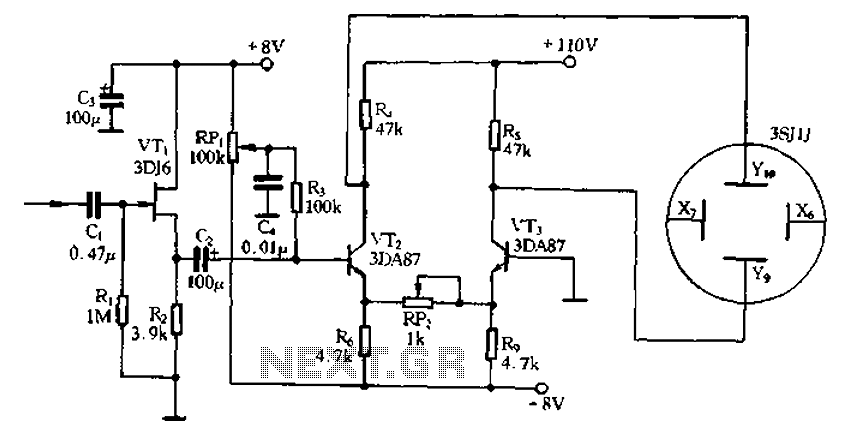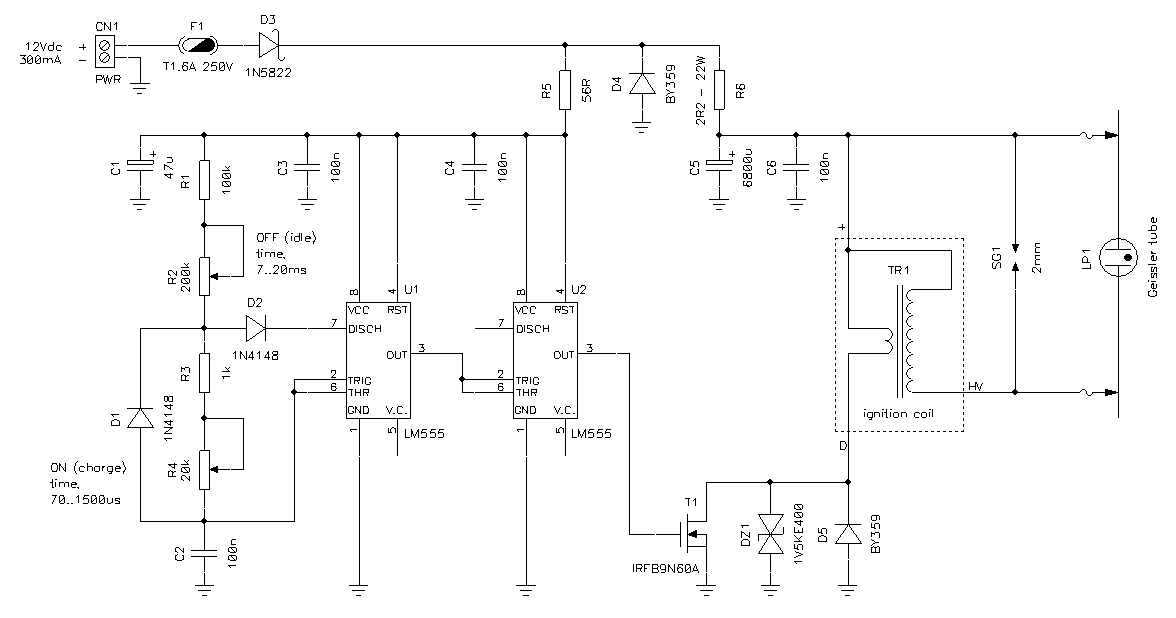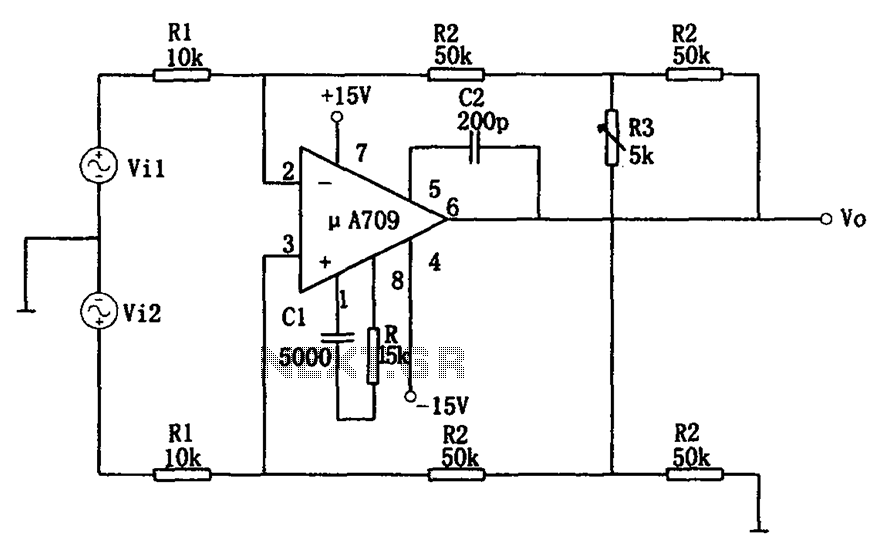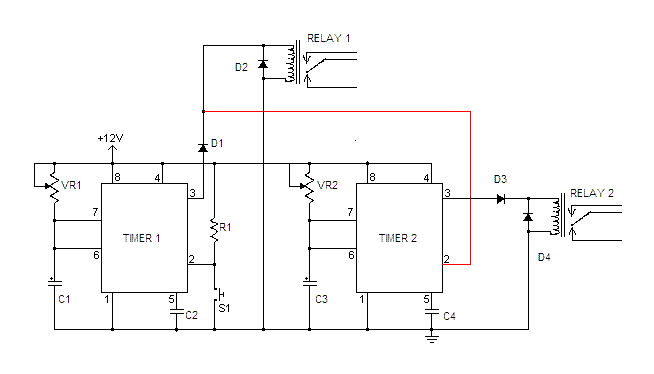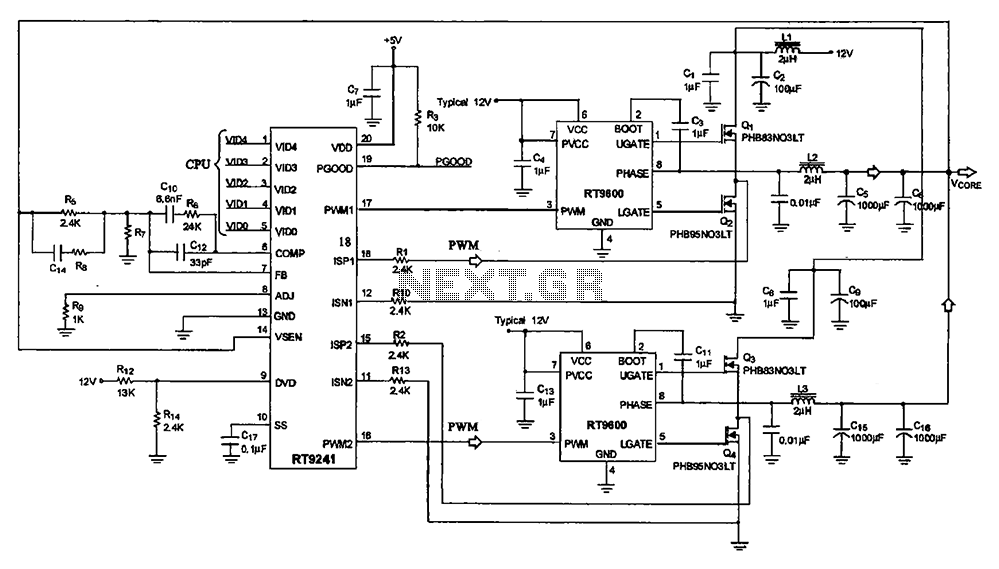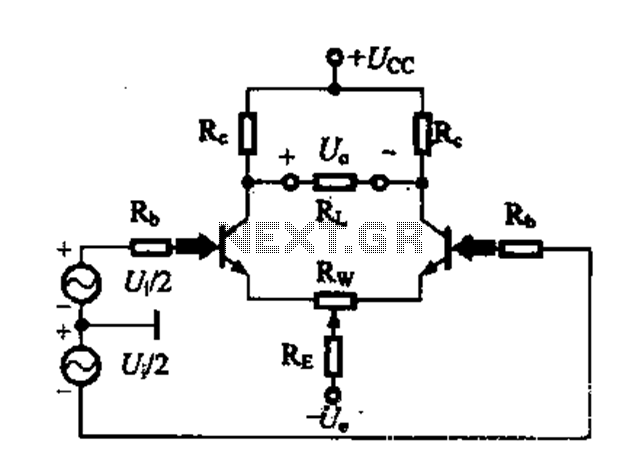
22 Different Brands of 12AX7 Tubes Tested Against Each Other
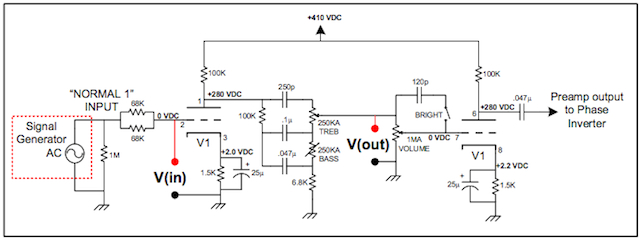
The 12AX7 is currently the most widely used preamp tube for electric guitar amplification, with an extensive selection of contemporary production options available. This comparison aims to provide guitar players with a reference point to identify the most suitable current production 12AX7 for their requirements. Additionally, alternatives to the 12AX7 are included, such as the ECC83, ECC803, 7025, and 5751. The 12AX7 is a 9-pin miniature, high-mu, twin triode tube. The 9-pin miniature designation indicates the type of socket the tube fits into, featuring nine slender pins arranged in a circular pattern with a diameter of just under half an inch. A significant gap between pins 1 and 9 ensures that the tube can only be inserted in one orientation. The term "high-mu" refers to the amplification factor, denoted by the Greek letter µ (mu), indicating the tube's designed amplification category compared to other preamp tubes, such as the medium-mu 12AU7. The twin triode designation signifies that the tube contains two identical and independent triodes. A triode, which is the simplest tube structure for signal amplification, consists of three electrodes: plate, grid, and cathode. Each tube was tested in a standardized (Fender black face style) preamp circuit, with bass and treble settings maximized. A frequency generator measured voltage gain and plotted frequency response from 10 Hz to 18,000 Hz. The frequency plot revealed three extrema at approximately 50 Hz, 400 Hz, and 4,000 Hz, which were used to measure low, mid, and high-frequency voltage gain across the same number of samples for each tube. The smallest average low-frequency gain tube served as the reference for a gain of "1," while the largest average low-frequency gain tube was referenced for a gain of "10." This reference method was similarly applied to mid and high-frequency averages. Each tube sample was tested in the same preamp circuit, and an oscilloscope was connected to the amplifier output to monitor the amplitude of the voltage spike generated by tapping on the tube's glass envelope. The average voltage spike from each tube's samples was calculated for comparison. A custom 12AX7 switching box was created to facilitate quick comparisons between six tubes plugged into the V1 socket of a Marshall JCM800 2203 guitar amplifier. A separate filament transformer powered the switching box, heating all six comparison tube filaments simultaneously without overloading the amplifier's power transformer. A shielded cable connected to the amplifier's V1 socket transferred its pin 1, 2, 3, 6, 7, and 8 connections to one tube socket at a time in the switching box. Listening tests were conducted while playing guitar and switching between tubes at various amplifier control settings to derive tonal descriptions for each tube.
The 12AX7 tube, characterized by its high gain and flexibility, is integral to the sound of electric guitar amplifiers, particularly in achieving rich overdriven tones. The high-mu specification allows for significant amplification of weak signals, making it suitable for various applications, including both clean and distorted sounds. The twin triode configuration enables the simultaneous amplification of two signals, enhancing the tonal complexity and allowing for effects such as cascading gain stages within the amplifier circuit.
In practical applications, the choice of a 12AX7 variant can significantly influence the tonal characteristics of an amplifier. For instance, the ECC83 and ECC803 are often preferred for their slightly different sonic qualities, while the 7025 and 5751 offer variations in gain and noise performance. The testing methodology described ensures a comprehensive evaluation of each tube's performance, allowing users to make informed decisions based on specific tonal preferences and amplification needs.
The use of a custom switching box in the testing process highlights the importance of comparative listening in evaluating tube performance, as subjective tonal qualities can vary widely between different tubes under identical conditions. This approach not only provides empirical data but also emphasizes the role of personal preference in selecting the right tube for an individual's playing style and sound requirements.
Overall, the 12AX7 remains a cornerstone of electric guitar amplification, and understanding its characteristics, along with its alternatives, is crucial for players seeking to optimize their tone and performance.Today, it is by far the most common preamp tube used for electric guitar amplification and there is an almost overwhelming supply of current production options to choose from. The purpose of this comparison is simply to provide guitar players with a frame of reference to help in finding the best current production 12AX7 for their needs.
Also included in this comparison are direct substitutes for the 12AX7 including: ECC83, ECC803, 7025 and 5751. The 12AX7 is a 9-pin miniature, high-mu, twin triode. What does that mean The 9-pin miniature part tells us what kind of socket the tube plugs into. It has nine thin pins arranged along the circumference of a circle with a diameter of just under half of an inch.
There is a large gap between pins 1 and 9 to ensure that the tube can only be plugged in one way. The high-mu part is referring to the electronic specification called "amplification factor, " abbreviated by the Greek letter µ (mu - pronounced myoo). This gives us a general category of amplification that the tube was designed for as compared to other preamp tube types like the "medium-mu" 12AU7.
The twin triode part tells us that there are two identical and independent triodes contained within the one tube. A triode is the most basic tube structure that allows for signal amplification and it has three electrodes: plate, grid and cathode.
Each tube sample was tested in the same (Fender black face style) preamp circuit as shown in the schematic below with bass and treble set to their maximum. A frequency generator was used to measure voltage gain and plot the frequency response from 10 Hz to 18, 000 Hz.
From the frequency plot it could be seen that there are three extrema at about 50 Hz, 400 Hz and 4, 000 Hz. These three frequencies were then used to quickly measure the low, mid and high frequency voltage gain on the same number of samples for each tube in our comparison.
The average from each tube`s samples was then calculated and used for comparison. The smallest average low frequency gain tube was used as the reference for a gain of "1" and the largest average low frequency gain tube was used as the reference for a gain of "10". This gain reference method was then repeated for both the mid and high frequency averages. Each tube sample was again tested in the same preamp circuit and an oscilloscope was connected to the amplifier output to monitor the amplitude of the voltage spike produced by tapping on the tube`s glass envelope.
The average voltage spike from each tube`s samples was then calculated and used for comparison. The Listening Test Setup A custom 12AX7 switching box was constructed to allow for a quick switch comparison of six tubes at a time while plugged into the V1 socket of a Marshall JCM800 2203 guitar amplifier. A separate filament transformer was used on the switching box to simultaneously heat all six comparison tube filaments without overheating the amplifier`s power transformer.
A shielded cable was constructed to plug into the amplifier`s V1 socket and transfer its pin 1, 2, 3, 6, 7 and 8 connections to one tube socket at a time in the switching box. Listening tests were then conducted while playing guitar and switching between the tubes at various amplifier control settings to come up with tonal descriptions for each tube.
🔗 External reference
The 12AX7 tube, characterized by its high gain and flexibility, is integral to the sound of electric guitar amplifiers, particularly in achieving rich overdriven tones. The high-mu specification allows for significant amplification of weak signals, making it suitable for various applications, including both clean and distorted sounds. The twin triode configuration enables the simultaneous amplification of two signals, enhancing the tonal complexity and allowing for effects such as cascading gain stages within the amplifier circuit.
In practical applications, the choice of a 12AX7 variant can significantly influence the tonal characteristics of an amplifier. For instance, the ECC83 and ECC803 are often preferred for their slightly different sonic qualities, while the 7025 and 5751 offer variations in gain and noise performance. The testing methodology described ensures a comprehensive evaluation of each tube's performance, allowing users to make informed decisions based on specific tonal preferences and amplification needs.
The use of a custom switching box in the testing process highlights the importance of comparative listening in evaluating tube performance, as subjective tonal qualities can vary widely between different tubes under identical conditions. This approach not only provides empirical data but also emphasizes the role of personal preference in selecting the right tube for an individual's playing style and sound requirements.
Overall, the 12AX7 remains a cornerstone of electric guitar amplification, and understanding its characteristics, along with its alternatives, is crucial for players seeking to optimize their tone and performance.Today, it is by far the most common preamp tube used for electric guitar amplification and there is an almost overwhelming supply of current production options to choose from. The purpose of this comparison is simply to provide guitar players with a frame of reference to help in finding the best current production 12AX7 for their needs.
Also included in this comparison are direct substitutes for the 12AX7 including: ECC83, ECC803, 7025 and 5751. The 12AX7 is a 9-pin miniature, high-mu, twin triode. What does that mean The 9-pin miniature part tells us what kind of socket the tube plugs into. It has nine thin pins arranged along the circumference of a circle with a diameter of just under half of an inch.
There is a large gap between pins 1 and 9 to ensure that the tube can only be plugged in one way. The high-mu part is referring to the electronic specification called "amplification factor, " abbreviated by the Greek letter µ (mu - pronounced myoo). This gives us a general category of amplification that the tube was designed for as compared to other preamp tube types like the "medium-mu" 12AU7.
The twin triode part tells us that there are two identical and independent triodes contained within the one tube. A triode is the most basic tube structure that allows for signal amplification and it has three electrodes: plate, grid and cathode.
Each tube sample was tested in the same (Fender black face style) preamp circuit as shown in the schematic below with bass and treble set to their maximum. A frequency generator was used to measure voltage gain and plot the frequency response from 10 Hz to 18, 000 Hz.
From the frequency plot it could be seen that there are three extrema at about 50 Hz, 400 Hz and 4, 000 Hz. These three frequencies were then used to quickly measure the low, mid and high frequency voltage gain on the same number of samples for each tube in our comparison.
The average from each tube`s samples was then calculated and used for comparison. The smallest average low frequency gain tube was used as the reference for a gain of "1" and the largest average low frequency gain tube was used as the reference for a gain of "10". This gain reference method was then repeated for both the mid and high frequency averages. Each tube sample was again tested in the same preamp circuit and an oscilloscope was connected to the amplifier output to monitor the amplitude of the voltage spike produced by tapping on the tube`s glass envelope.
The average voltage spike from each tube`s samples was then calculated and used for comparison. The Listening Test Setup A custom 12AX7 switching box was constructed to allow for a quick switch comparison of six tubes at a time while plugged into the V1 socket of a Marshall JCM800 2203 guitar amplifier. A separate filament transformer was used on the switching box to simultaneously heat all six comparison tube filaments without overheating the amplifier`s power transformer.
A shielded cable was constructed to plug into the amplifier`s V1 socket and transfer its pin 1, 2, 3, 6, 7 and 8 connections to one tube socket at a time in the switching box. Listening tests were then conducted while playing guitar and switching between the tubes at various amplifier control settings to come up with tonal descriptions for each tube.
🔗 External reference
